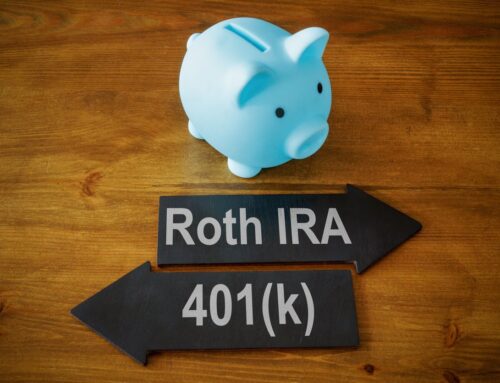
Nowadays, the word “volatility” seems thrown around more than ever. Usually, when it comes to financial talk, “volatility” is used to describe a downward trend. But that’s not what volatility really means! Volatility is technically referring to large up and down swings in the market over short periods of time. It doesn’t just mean a downward trend.
The Ups and the Downs
It’s important to make sure your financial plan is strategized against downward trends. When markets are smoothly climbing, it can seem as if there is little danger involved in holding risky assets in your retirement portfolio. But suppose you don’t stay vigilant on how your risk tolerance is reflected in your investments. In that case, your risky assets could grow during smooth economic periods to become an oversized part of your portfolio. Then, when the markets eventually take a downturn, your accounts could be at greater risk of declining steeply in value.
That’s if a downturn happens… But what about true volatility? What about when markets jump one week and tumble the next? It can make you feel like one week you need to be more conservative and the next, more aggressive. If snappy headlines and emotions are getting the best of your strategy and you find yourself constantly rebalancing, you could incur high fees and end up selling when markets are low and buying when markets are high. All in all, this is an inadvisable plan, let alone a plan at all.
The Value of a Plan
Riding the markets by the seat of your pants is not a portfolio strategy that can consistently provide what you need in retirement. Instead, it’s crucial to ask yourself the following questions:
- Assess your retirement finances now.
- How much do you have saved?
- How much do you plan to have saved in retirement?
- Assess your costs.
- How much do your basic needs cost?
- How much do you think they will cost in the future?
- Assess how much income you will need to cover your basic costs.
- Based on your costs, how much will you need now and, in the future, to comfortably cover them?
- Assess your risk tolerance.
- How much will go towards providing you a stable income that covers your costs in retirement?
- Based on that number, how much are you willing to put towards riskier, higher-growth assets?
- If you’re not retired, how much more do you need to meet your retirement goals?
This set of questions only scratches the surface of how you can thrive through retirement without worrying about everyday market swings. Healthcare costs, tax strategy, multiple sources of income, where you live, what assets you currently have and how liquid they are, and many other factors, all influence how your ideal retirement plan can be sculpted. But that’s easier said than done. Talk to us today to take the first step in helping you get your retirement plan established.
We do not provide tax or legal advice, all individuals are encouraged to seek guidance from qualified professionals regarding their personal situation. Any references to protection benefits or steady and reliable income streams in this guide refer only to fixed insurance products. They do not refer, in any way, to securities or investment advisory products.






